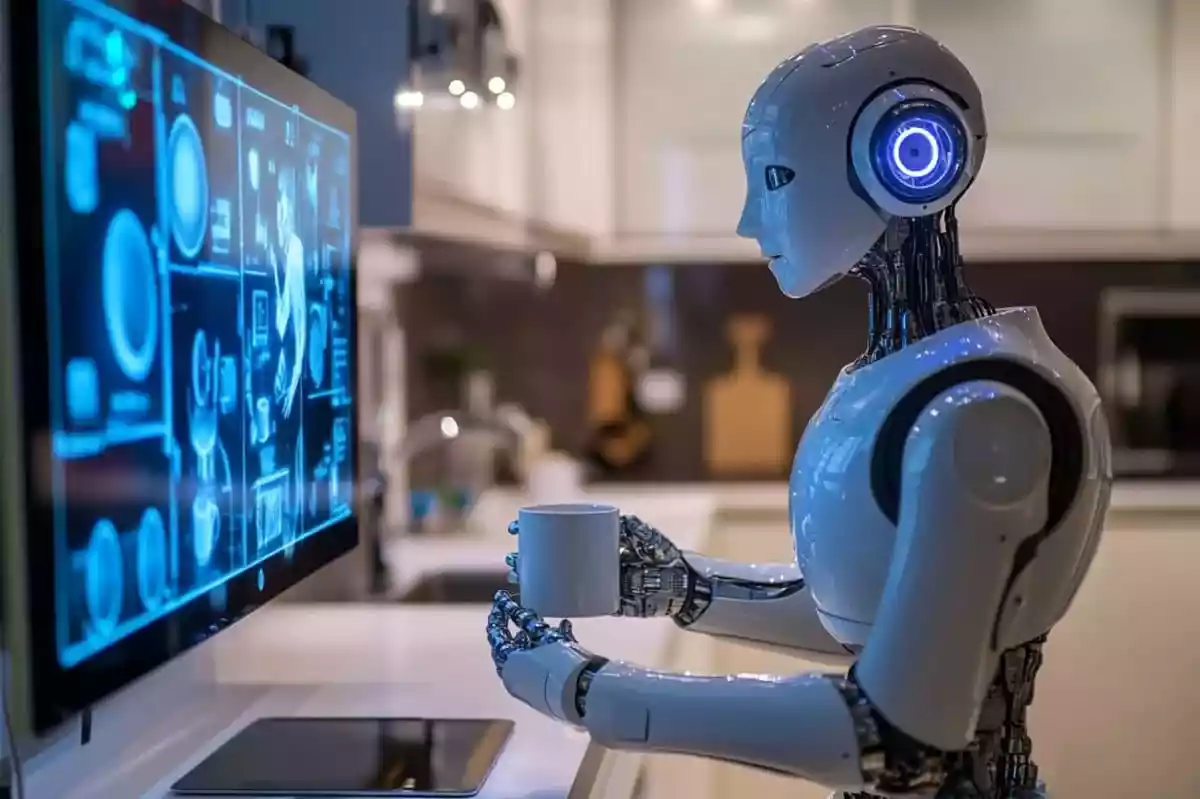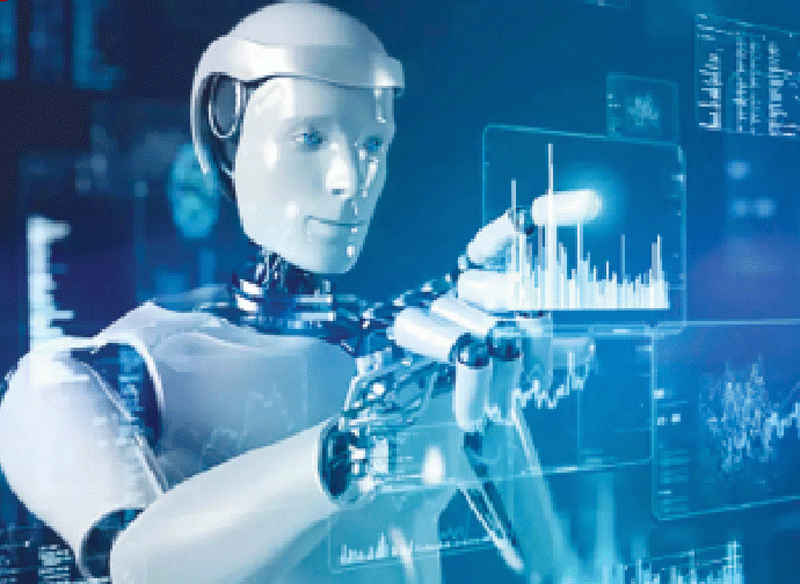
The thought of robots walking among us, indistinguishable from humans, seems both fascinating and unsettling.
It feels like something pulled from the realms of science fiction, yet the reality of such a future is inching closer with every innovation.
But here is the question: Should robots look like human beings at all? Or are we venturing into unnecessary territory, chasing familiarity at the expense of practicality?
Here in Zimbabwe, this debate might feel distant. After all, we have immediate concerns such as economic recovery, agriculture, and healthcare.
Yet, as the winds of innovation sweep across the globe, it is worth reflecting on how this technological wave could eventually shape our society, culture, and even our interactions. Are we as prepared to navigate this debate as our counterparts in Silicon Valley or Beijing?
The fact is, this conversation is as much about societal values as it is about technology.
What makes something “human”?
Let’s start here. What defines being human? Is it the ability to smile, to laugh, or to emote? Is it the capacity for understanding, empathy, and self-awareness? Or is it simply the way we walk, talk, and look?
- Psychometric testing: Everything you need to know
- Power of language in nation building
- Mental colonisation is the biggest obstacle for african development
- When the mind needs a helping hand: Exploring the world of neuropsychology
Keep Reading
These questions underline the very reason we are so drawn to human-like robots. We are a social species. We crave connection and respond to the familiar.
But think about it: Does a robot that takes care of your home need skin that feels real? Does a robot that helps harvest maize in Mazowe need to smile as it works? Perhaps not.
A mechanical arm can harvest crops just as effectively without wearing a human-like face. Yet, paradoxically, the moment you add a face or give it a voice, it suddenly becomes not just a tool but a companion.
Psychology of familiarity
This desire to humanise machines is not entirely baseless. Psychologists often refer to the concept of the “uncanny valley”, the unsettling feeling we experience when something appears almost human, but not quite.
There is a sweet spot where robots can look human enough to be relatable, but not so human that they start to feel creepy. For instance, a soft robotic voice might be comforting when you are learning how to use a new agricultural drone, but a machine with eerily lifelike eyes and a vacant stare could do more harm than good.
In Zimbabwe, a country rich in oral traditions and storytelling, we are accustomed to investing emotions into characters and narratives.
Perhaps this is why we might empathise with a robot that smiles and nods while guiding us through a task. But does this emotional connection really enhance its utility? Or is it a distraction from its function?
Function over form: Zim perspective
Now let’s get practical. Zimbabwe is grappling with challenges that require innovative solutions.
Our industries are thirsty for technological advancements that can boost productivity, create jobs, and tackle resource limitations. Robotics could play a significant role here — whether in mining, healthcare, or education.
But does a robot operating in a hospital in Harare need an expressive face, or is it more important for it to perform precise surgeries? Should an automated system monitoring soil health in Chiredzi focus on its efficiency, or should it greet farmers cheerfully?
When resources are scarce, the question of what robots look like becomes secondary to what they can do.
That is not to say aesthetics and relatability don’t matter; they do. But in a context such as ours, where the focus is on addressing tangible needs, functionality should take precedence.
Appeal of human form
But there is another side to this coin. When robots look like us, we are more likely to trust and accept them. In a world where many Zimbabweans are still cautious about technology, this relatability could serve as an entry point.
A humanoid robot teaching schoolchildren in rural areas, for example, might be less intimidating and more engaging than a faceless machine.
Beyond that, the entertainment industry has demonstrated how much we love human-like creations. From movies to advertisements, anthropomorphic characters capture our attention.
Could this also be true for robots assisting tourists at Victoria Falls, where a personable “guide” might create a memorable experience? In these cases, a human-like appearance might not just be helpful; it could be the differentiating factor.
Future of empathy
Here is the part that might spark the most debate. Some researchers believe in the next 20 to 30 years, robots will be designed to “feel.”
Imagine a robot in an elderly care home in Bulawayo not only assisting with daily tasks, but also comforting its residents with empathetic words and gestures. Would that make the elderly feel less alone? Perhaps. But does it blur the line between reality and simulation? Absolutely.
Empathy is one of the most human traits we possess. When we start programming machines to replicate this, we walk a fine line.
Do we risk cheapening the human connection? Or does it offer an opportunity to enhance lives in meaningful ways, especially in contexts where human resources are limited, as they often are in Zimbabwe?
Where do we draw the line?
This brings us to an ethical dilemma. If robots start looking and behaving like humans, should they have rights? If a robot in Harare becomes a staple in your home, cooking and cleaning, does it deserve to be treated with dignity, even though it is a machine?
These questions might feel premature now, but they will become inevitable as humanoid robots become more prevalent.
Moreover, there is the risk of replacing human jobs. While robots could help address labour shortages in certain sectors, there is a valid concern that they could displace workers.
In Zimbabwe, where unemployment remains a pressing issue, this is not a debate we can afford to sidestep. If robots start entering more sectors, what safeguards are needed to ensure they complement human workers rather than replace them?
Balancing culture, technology
Zimbabwean culture is steeped in community and connection. In many ways, this mirrors the broader debate about robots looking human. We respond to faces, voices, and gestures not just because of how they function, but because of how they make us feel.
But as we integrate these machines into our daily lives, we must carefully consider whether the focus should be on their ability to emulate humans or their potential to solve problems.
The key lies in balance. A robot in Mutare doesn’t need a face to help repair roads, but a humanoid robot engaging with young learners might inspire a new generation of tech-savvy students. The decision to make robots look like us should depend on their purpose and the context in which they will be used.
What kind of future do we want?
So, back to the original question: Should robots look like humans? Perhaps the better question is: What kind of relationship do we want to have with robots? Should they be tools, companions, or something in between? And how can we ensure that their development aligns with our values and priorities as a nation?
In the coming years, Zimbabwe will have to navigate these questions alongside the rest of the world. The decisions we make will shape not just how we use robots, but how they integrate into our society. As we embrace innovation, let’s not forget to ask the right questions and ensure that the answers reflect who we are and what we stand for.
Technology might shape the future, but culture and values will determine what that future looks like. And here in Zimbabwe, that is something worth protecting.
For almost four months, I have been urging the Government of Zimbabwe, through the Ministry of Information Communication Technology, Postal and Courier Services, to act decisively, yet the call grows more pressing by the day. Isn’t it time we finalised the Zimbabwe Artificial Intelligence Governance Regulatory Framework and established a body such as the Zimbabwe Artificial Intelligence Regulatory Authority (to oversee its implementation? Imagine a framework that not only ensures trust but also aligns AI with Zimbabwe’s cultural and societal values. Wouldn’t this safeguard innovation while prioritising the well-being of our citizens? Isn’t this the kind of bold step Zimbabwe needs to take to protect its future? Let us not wait for problems to take root; let us act now, for the benefit of every Zimbabwean.
If you have more questions, send them to the editors or direct them to me, and I will respond to them in next week’s issue.
- Sagomba is a chartered marketer, policy researcher, AI governance and policy consultant, ethics of war and peace research consultant. — Email: [email protected]. LinkedIn: @Dr. Evans Sagomba Dr. Evans Sagomba (MSc Marketing)(FCIM )(MPhil) (PhD) X: @esagomba.










